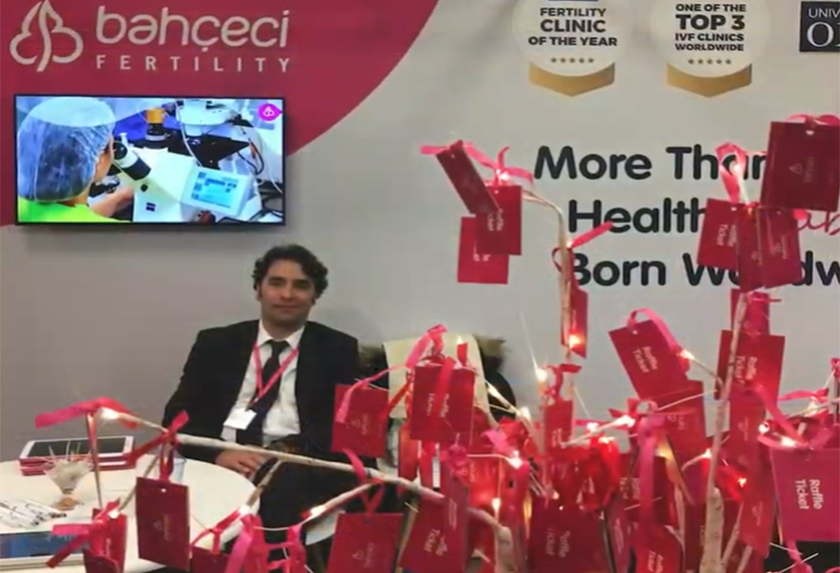What is Endometrioma (Chocolate Cyst)?
Endometrioma (chocolate cyst) is named after the endometrium, which is the inner lining of the uterus and which thickens then thins over the course of the menstrual cycle. In patients with endometrioma, an endometrium-like tissue is also present outside the uterus. These endometrioma foci outside the uterus can cause pain and infertility.
Endometrioma foci, just like the endometrium, also respond to hormonal changes during the menstrual cycle. During the menstrual cycle, these tissues thicken and then thin just as the endometrium does. However, the bleeding that occurs here cannot be eliminated from the body; it accumulates and forms chocolate cysts. Over time, this bleeding can adhere to and damage other organs (intestines, bladder).
What are the symptoms of endometrioma?
The most common symptoms of endometrioma are pain before and during menstruation (usually more severe than normal menstrual pain), pain during and after sexual intercourse, infertility, irregular or heavy bleeding. Other symptoms may include fatigue, painful bowel movements during menstruation, pain in the lower back, diarrhoea or constipation during menstruation, and other intestinal disorders. Endometrioma sometimes shows no symptoms.
What are the causes of endometrioma?
The cause of endometrioma is unknown. Although several reasons have been suggested, none of them can explain all cases of endometrioma. Recent studies show that environmental toxins that act like hormones in the body and damage the immune system, such as dioxins and PCBs, cause endometrioma. Women who consume foods of animal origin, such as red meat, are more likely to suffer from endometrioma.
How is endometrioma diagnosed?
In order to diagnose endometrioma, samples from the disorder foci should be sent to pathologic examination. For this purpose, a laparoscopic procedure is performed. With this laparoscopic procedure, both definite diagnosis and treatment can be performed. In case of suspicion of chocolate cysts or infertility problems, a laparoscopic diagnostic may be performed. Thus, any lesions and adhesions can easily be examined. Prior to laparoscopy, a vaginal ultrasonography can also help for diagnosis. Larger cysts can be seen on ultrasound.
How is endometrioma treated?
Endometrioma lesions can be removed or destroyed by laparoscopic or classical surgery, and symptoms may be relieved, or pregnancy may occur. However, as in other treatments, the likelihood of recurrence is frequent.
The reduction of food from animal origin, exercise (aerobic, Kegel and breathing exercises), stress control methods, and metabolic control through supportive treatments such as shark cartilage, DHEA and PPAR gamma agonists, significantly increase the quality of life of patients and their response to treatment.
Does chocolate cyst cause infertility?
Chocolate cyst is a disorder that can cause infertility. If the disorder is advanced and surgical intervention has not provided improvement, the patient may have a baby through IVF. Early diagnosis of the disorder will affect the success rate of the IVF procedure. Click here for more information on IVF.





